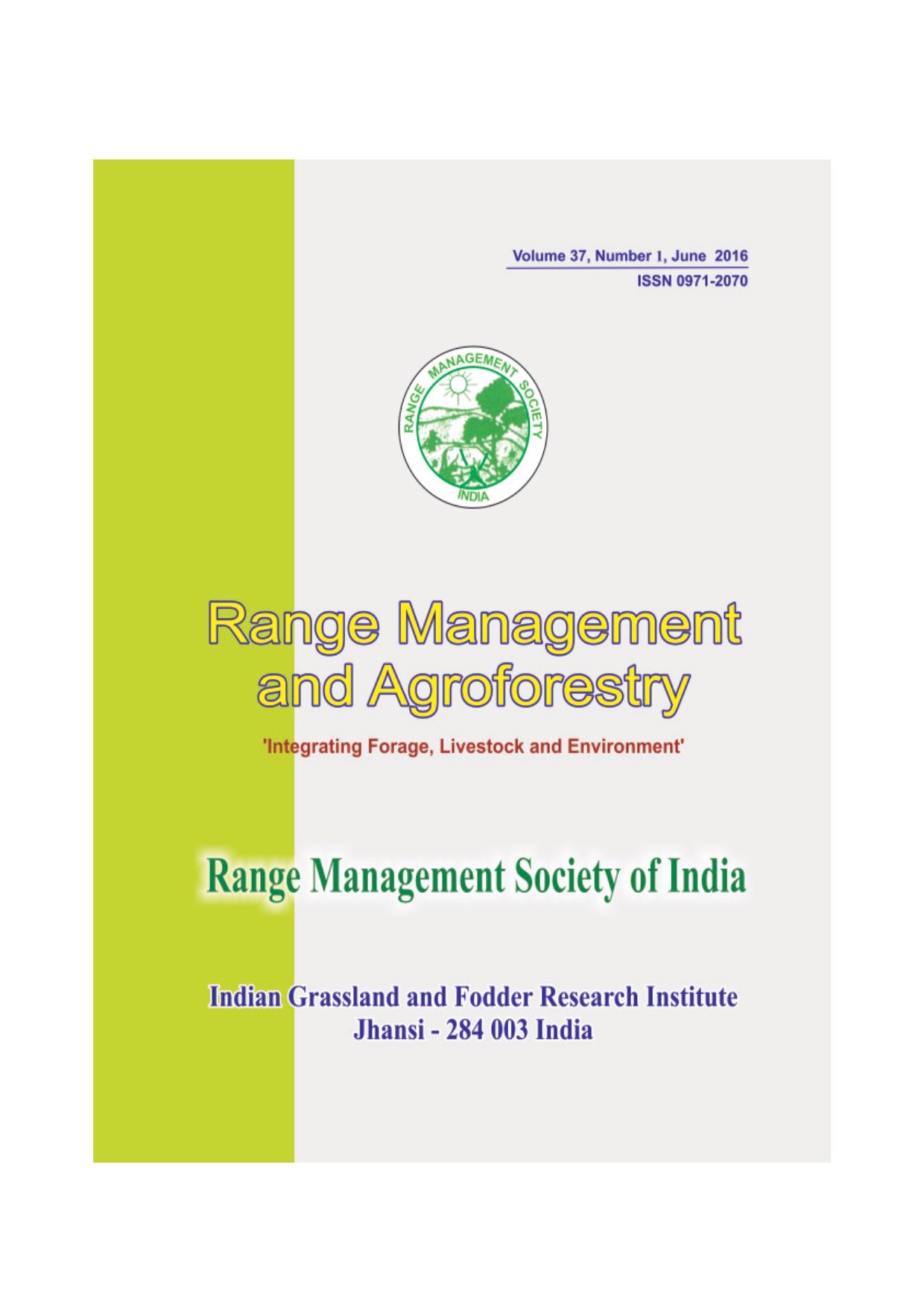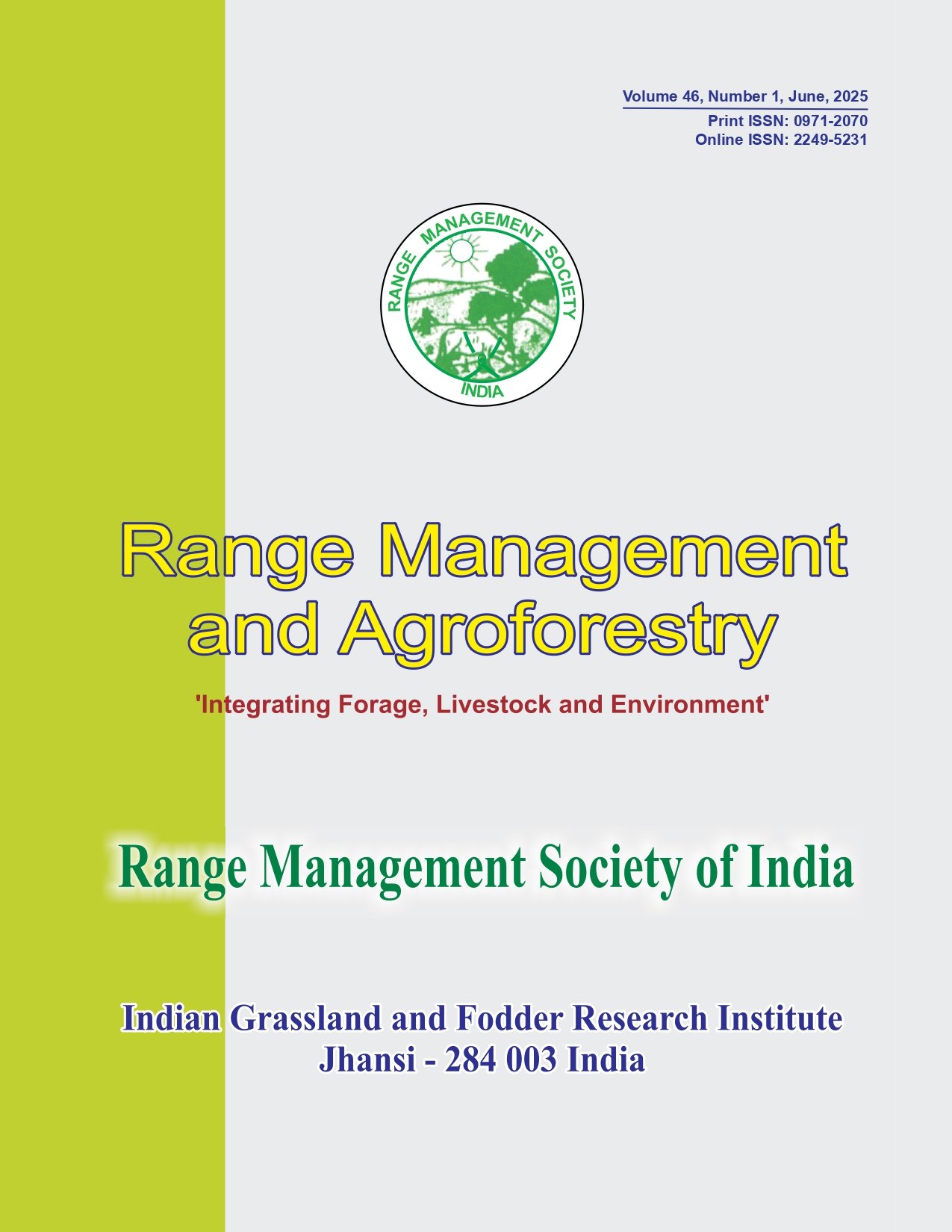Agroforestry on dry and degraded lands: present status and future prospects
Keywords:
Biodiversity, Carbon sequestration, Environmental conservation, Farm income, Land degradationAbstract
This paper examines the role of agroforestry on dry and degraded lands from the perspectives of economic and environmental gains. It has potential in achieving food security, arresting land degradation, combating climate and achieving sustainable evergreen agriculture. There are examples how such an integrated system is more profitable compared to sole cropping on a long term basis. As land degradation problems further accelerates, future land management decisions will require more sustainable and resilient agricultural systems like agroforestry. Despite huge potential of agroforestry in India, the adoption rates are still low. The reasons are many and efforts are needed to overcome the constraints. More adoption of agroforestry on dry and degraded lands in a participatory mode will improve dry land productivity and thus economic status of farmers. Focussing on issues related to role of such systems in mitigating climate change, soil fertility enhancements, improving efficiency of use of soil, water and fertilizers and promoting gender equity will help in better adoption of such systems. The adoption of national agroforestry policy by government of India in 2014 is expected to improve farm productivity and the livelihood of the small and marginal farmers substantially in the future years.




